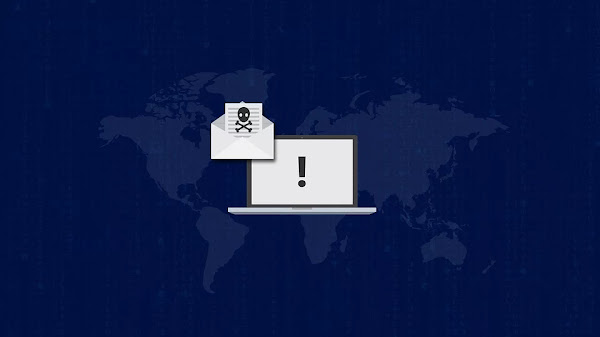The number of ChatGPT users is declining for the first time, and those users are not those you thought they would be. According to estimates from Similarweb, a web analytics firm, a 9.7% drop in traffic to ChatGPT's website was recorded in June, almost two months after it started. U.S. data showed a steeper decline in ChatGPT unique visitors than in Canada. In the U.S., unique visitors to ChatGPT fell by 10.3% from last month.
In June, according to analytics firm Similarweb, monthly traffic to ChatGPT's website and its registered visitors declined for the first time. This was a result of the popularity of its AI chatbot launched in November.
Globally, ChatGPT's website generated 9.7% less traffic in June than in May based on its desktop and mobile web traffic. It has been reported that ChatGPT's website has seen a 5.7% drop in unique visitors. The data also reveal that the visitor's time spent on the website was down by 8.5%, as indicated by the statistics of the website.
Similarweb's Senior Insights Manager, David Carr, said a decline in traffic to the chatbot is a sign that its novelty has worn off, and traffic levels are declining. According to Rishi Jaluria, an analyst at RBC Capital Markets, there is a greater demand for generative AI that can provide real-time data to make better predictions based on the data.
An inquiry sent to OpenAI for a comment did not receive a response immediately. A frenzied usage of generative AI from chatGPT to everyday tasks such as writing and coding led to a flurry of activity. As two months passed since the debut of the service, it surpassed the milestone of 100 million monthly active users.
A consumer application like this is one of the fastest-growing applications in history and has now amassed over 1.5 billion monthly visits, making it one of the top 20 websites on the internet. There have been instances where ChatGPT has far surpassed the search engine that Microsoft (MSFT.O) once operated, Bing, which also uses OpenAI's technology in its search engine.
Recently, some ChatGPT competitors have launched their chatbots such as Google's (GOOGL.O) Bard, which the company first announced a few months ago. A free chatbot powered by OpenAI is also available on Microsoft's search engine Bing, which is connected to OpenAI.
The ChatGPT app was released by OpenAI for the iOS platform in May, which could reduce some of the traffic that is coming to the website from its iOS app. It has also been suggested that the change in usage is related to the summer break for students, as fewer students seek out homework assistance during the summer.
There were more than 17 million downloads of the chatbot on iOS worldwide as of July 4, according to data.ai, a firm specializing in analytics. There has been steady growth in the U.S. market for the app. Downloads peaked on May 31 and have continued to rise in the first six weeks after its release, with downloads averaging 530,000 per week.
It could be that a recent slowdown in growth might enable ChatGPT's running costs to be managed better, since ChatGPT requires a lot of computing power to answer queries, resulting in higher costs. According to Sam Altman, founder, and CEO of OpenAI, the costs to run the company's services are "eye-watering" and will be rolled out in phases.
There is no cost to use ChatGPT, but you can get access to OpenAI's more advanced model, GPT-4, for $20 a month if you want to subscribe to it as a premium subscription. Based on the latest estimate from YipitData, there are roughly 1.5 million people in the United States who have signed up for the subscription.
A revenue estimate of $200 million has been made by OpenAI for this year. ChatGPT, in addition to charging developers and enterprises for API access to its AI models directly, also makes money through a partnership with Microsoft, which invested over $10 billion into the company, and through the sale of its API access directly to developers and enterprises.
François Chollet, a Google software engineer, and artificial intelligence researcher, knows one thing for sure: There is no error. During an email exchange with Fortune, he commented that "there is one thing certain, it is no longer booming."
There is something Chollet knows is about to happen: it is summer vacation time. On Twitter, the engineer claimed that the majority of kids would not use ChatGPT for educational purposes, but rather would play Minecraft or enjoy summer activities instead. ChatGPT has seen a steady decline in search interest over the past couple of years, while Minecraft has seen a steady increase in search interest over those same years.
The reason for this is easy to identify: a significant portion of students are using ChatGPT to do their homework as part of their college classes. As a data scientist and author, Sam Gilbert told me that ChatGPT is commonly used for this purpose, where people can share and exchange data. Among the most popular searches on Google, he found the second most popular type of search is for topics such as "ChatGPT essay", "ChatGPT math," and "ChatGPT history", aside from those related to job applications.

























